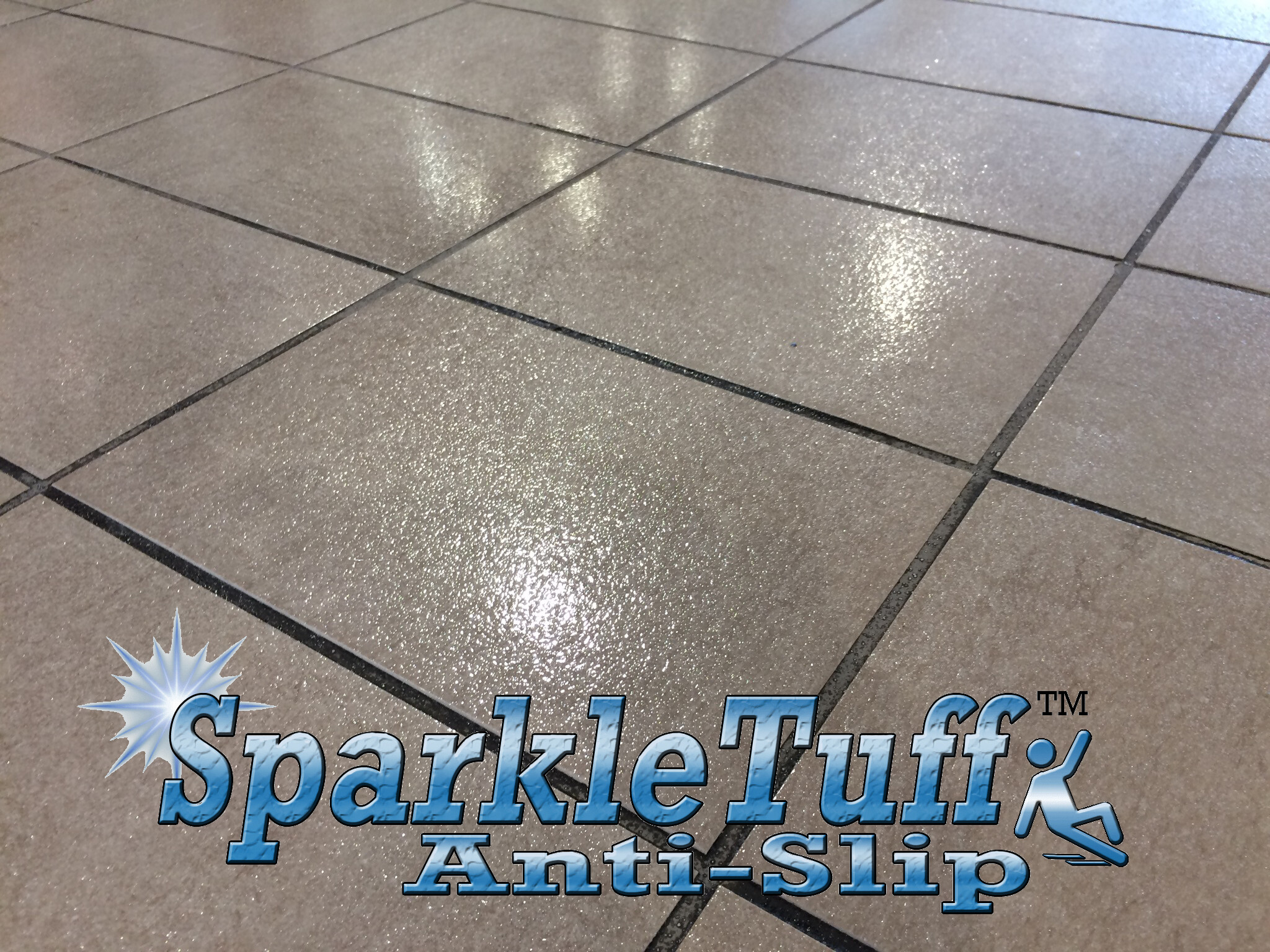Application and Maintenance of Non-Slip Bathroom Floor Paint

Applying non-slip bathroom floor paint effectively requires careful preparation and application techniques. The process involves several steps, from cleaning the surface to applying the paint and allowing it to cure properly. This section will guide you through the entire process, providing tips and tricks for achieving a smooth, durable, and slip-resistant finish.
Surface Preparation, Non slip bathroom floor paint
Proper surface preparation is crucial for ensuring a strong bond between the paint and the floor, leading to a durable and long-lasting finish.
- Clean the Surface: Thoroughly clean the floor using a degreaser and a stiff brush. Remove any dirt, grime, soap scum, or other residues. Allow the floor to dry completely before proceeding.
- Repair Cracks and Damages: Fill any cracks, holes, or uneven surfaces with a suitable patching compound. Allow the compound to dry completely before sanding it smooth.
- Sand the Floor: Lightly sand the floor to create a rough surface that will help the paint adhere better. Use a fine-grit sandpaper and work in sections to ensure even sanding.
- Prime the Floor: Apply a primer specifically designed for bathroom floors. This will help to seal the surface and improve the paint’s adhesion. Allow the primer to dry completely before applying the paint.
Applying the Paint
Applying the non-slip paint requires following specific steps to achieve a smooth and even finish.
- Stir the Paint Thoroughly: Before applying the paint, stir it thoroughly to ensure even distribution of the pigment and non-slip additives.
- Use a Quality Brush or Roller: Choose a high-quality brush or roller specifically designed for applying paint to floors. A roller will provide a smoother finish, while a brush can be used for corners and edges.
- Apply Thin Coats: Apply the paint in thin, even coats. Allow each coat to dry completely before applying the next. Multiple thin coats will provide a more durable finish than one thick coat.
- Follow the Manufacturer’s Instructions: Always follow the manufacturer’s instructions regarding drying times, application methods, and recommended number of coats.
Drying Time and Curing Process
The drying and curing process is crucial for the paint to achieve its full strength and durability.
- Drying Time: Allow the paint to dry completely before walking on it. The drying time will vary depending on the type of paint, the temperature, and the humidity. Consult the manufacturer’s instructions for the recommended drying time.
- Curing Process: After drying, the paint needs time to cure. This process involves the paint hardening and becoming fully resistant to wear and tear. The curing time can range from a few days to a week, depending on the paint type and environmental conditions. Avoid exposing the newly painted floor to excessive water or moisture during the curing process.
Maintenance and Cleaning
Maintaining a non-slip bathroom floor is essential for preserving its longevity and ensuring continued slip resistance.
- Regular Cleaning: Regularly clean the floor with a mild detergent and a soft brush or mop. Avoid using harsh chemicals or abrasive cleaners, as these can damage the paint.
- Avoid Harsh Chemicals: Avoid using bleach, ammonia, or other strong chemicals on the floor, as these can degrade the paint and reduce its slip resistance.
- Protect from Abrasive Materials: Protect the floor from abrasive materials such as sand, gravel, or sharp objects. These can scratch the paint and reduce its slip resistance.
- Inspect for Wear and Tear: Regularly inspect the floor for signs of wear and tear. If you notice any damage, touch up the affected areas with a new coat of paint.
Choosing the Right Non-Slip Bathroom Floor Paint: Non Slip Bathroom Floor Paint

Selecting the appropriate non-slip bathroom floor paint is crucial for ensuring safety and longevity. Factors like price, durability, slip resistance, and ease of application should be considered.
Comparing Non-Slip Bathroom Floor Paint Brands and Types
To make an informed decision, it’s helpful to compare different brands and types of non-slip bathroom floor paint. This table Artikels key factors to consider:
| Brand | Type | Price (Approximate) | Durability | Slip Resistance | Ease of Application |
|---|---|---|---|---|---|
| Rust-Oleum | Epoxy | $30-$50 per gallon | High | Excellent | Moderate |
| KILZ | Acrylic Latex | $20-$35 per gallon | Moderate | Good | Easy |
| Valspar | Oil-Based | $25-$40 per gallon | High | Good | Moderate |
| Zinsser | Water-Based | $15-$25 per gallon | Moderate | Good | Easy |
Choosing the Best Non-Slip Bathroom Floor Paint
This flowchart can guide homeowners in selecting the ideal non-slip bathroom floor paint:
“`mermaid
graph LR
A[What is your budget?] –> B> $50 per gallon
B –> CEpoxy
B –> DAcrylic Latex
A –> E< $50 per gallon
E --> FHigh Durability
F –> GOil-Based
F –> HWater-Based
E –> IModerate Durability
I –> JAcrylic Latex
I –> KWater-Based
“`
Resources and Information Sources
Several online platforms provide detailed product reviews and ratings for non-slip bathroom floor paint. These resources can be helpful in making a well-informed decision:
- Consumer Reports
- Amazon
- Home Depot
- Lowe’s
- Angie’s List
